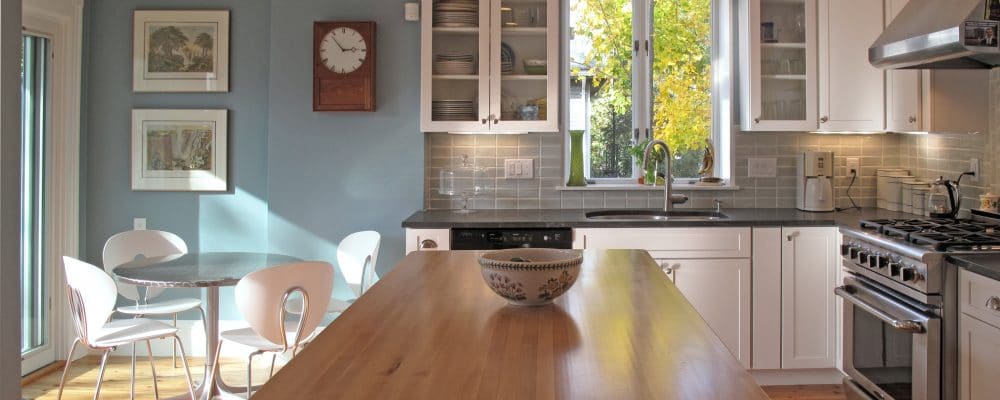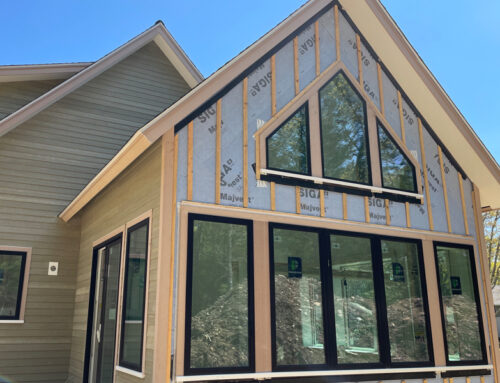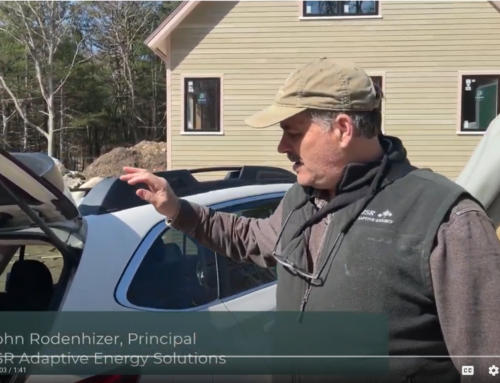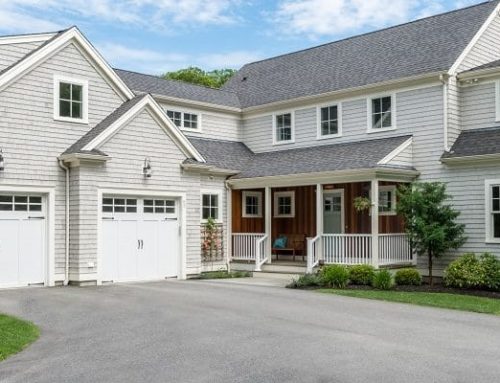Home Upgrades: How to Know Which Ones are Worth the Investment

Learn more about Passive Home Construction, The Highest Standard in Energy Efficient Building.
Have you been thinking about making some upgrades to your home? Maybe you’re planning on selling in the near-future and want to maximize your home’s re-sale value. Perhaps certain spaces are just outdated and need freshening up. The price tag on many home renovation projects can be daunting, especially major renovations which, on average, happen every 20 years or so. You will need to make upgrades along the way, so it’s important to know what is worth investing in, and what you don’t need to break the bank for.
To begin, it’s important to make decisions based on your end goal. If you are looking to maximize your home’s value in order to sell at top dollar, you’ll want to focus on curb appeal and interior projects that have the highest return on investment (ROI). If you are planning to stay put for awhile, make changes to the rooms that you and your family use the most and add the most value to your lifestyle.
Studies done by Remodeling.com have proved that while most home improvements will add value to your home, not all projects will increase the value enough to cover the cost. The bigger the project doesn’t necessarily mean the bigger the return. In fact, it can often lead to the opposite.
When preparing your home to go on the market, curb appeal is extremely important. Exterior projects such as replacing vinyl siding, adding a wooden deck or sprucing up the landscaping all have extremely high returns of up to 97% (Remodeling.com). Inside the home, rooms like the kitchen and bathrooms get a lot of attention from potential buyers, but that doesn’t mean you have to go all out with renovations. In New England, according to the 2018 Cost vs. Value Report done by Remodeling.com, minor updates such as new hardware, a fresh coat of paint on cabinets and upgraded appliances will actually have a higher ROI (76.1%) than a major remodel (64.3%). A home in good condition with a few practical upgrades will have a higher return than a home filled with flashy amenities like a Jacuzzi in the master bedroom.
If you’re planning to stay in your home, be sure to focus on the spaces where your family spends the most time. It doesn’t make sense to waste half your budget on new hard wood floors in the dining room if you only use it once or twice a year. Allocate your money wisely by focusing on the things that make the most sense. If your family loves to cook, spend money on higher end appliances and flooring and save money on new cabinets by painting the old ones. Adding new hinges and hardware or opting for a high-end laminate countertop instead of granite or marble can add a lot of value for less money.
Any project that adds livable square footage to your home will be useful for you and your family while you live there and add a lot of value when you decide to sell. However, that doesn’t mean you have to spend tens of thousands of dollars putting on an addition. Instead consider renovating under-utilized space like your attic or basement.
Not sure where to start? Use your builder as a resource! They are experts in home renovations, and usually have tips and tricks to achieve the same look for less.








